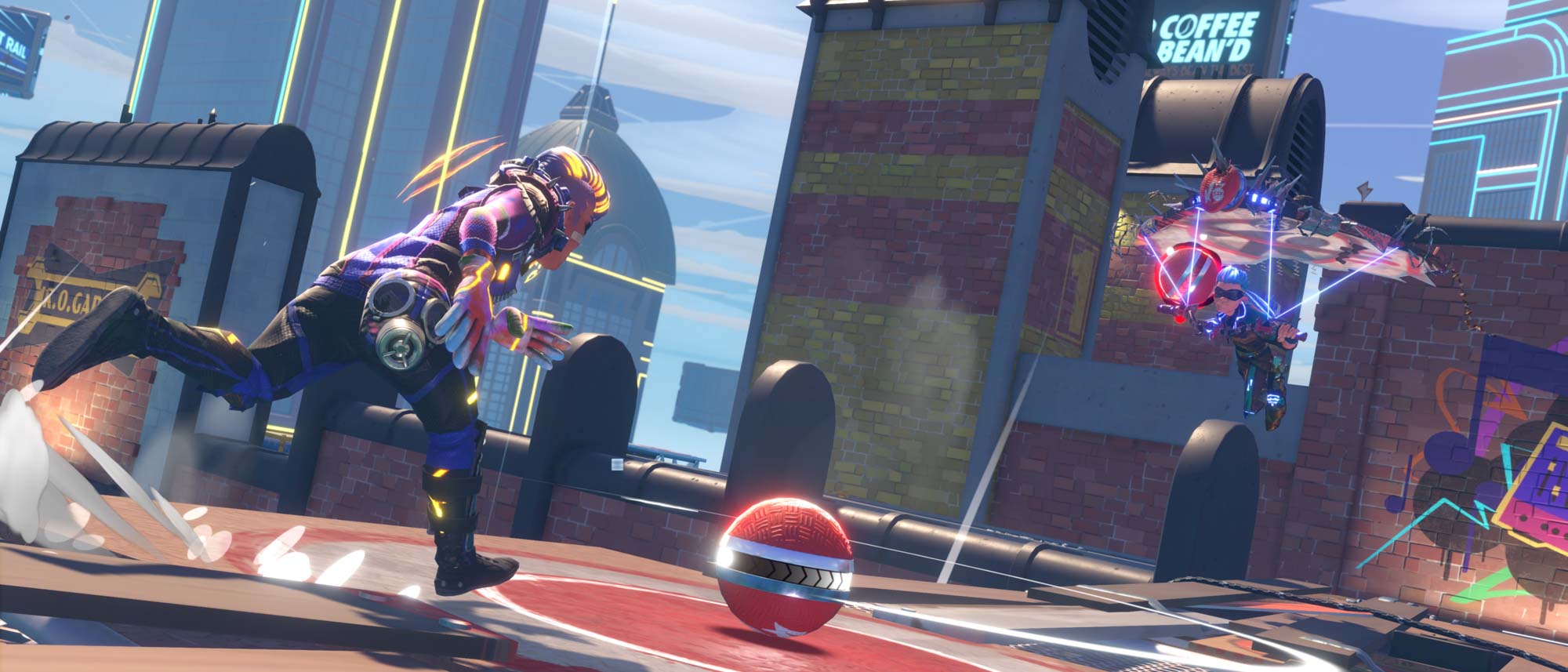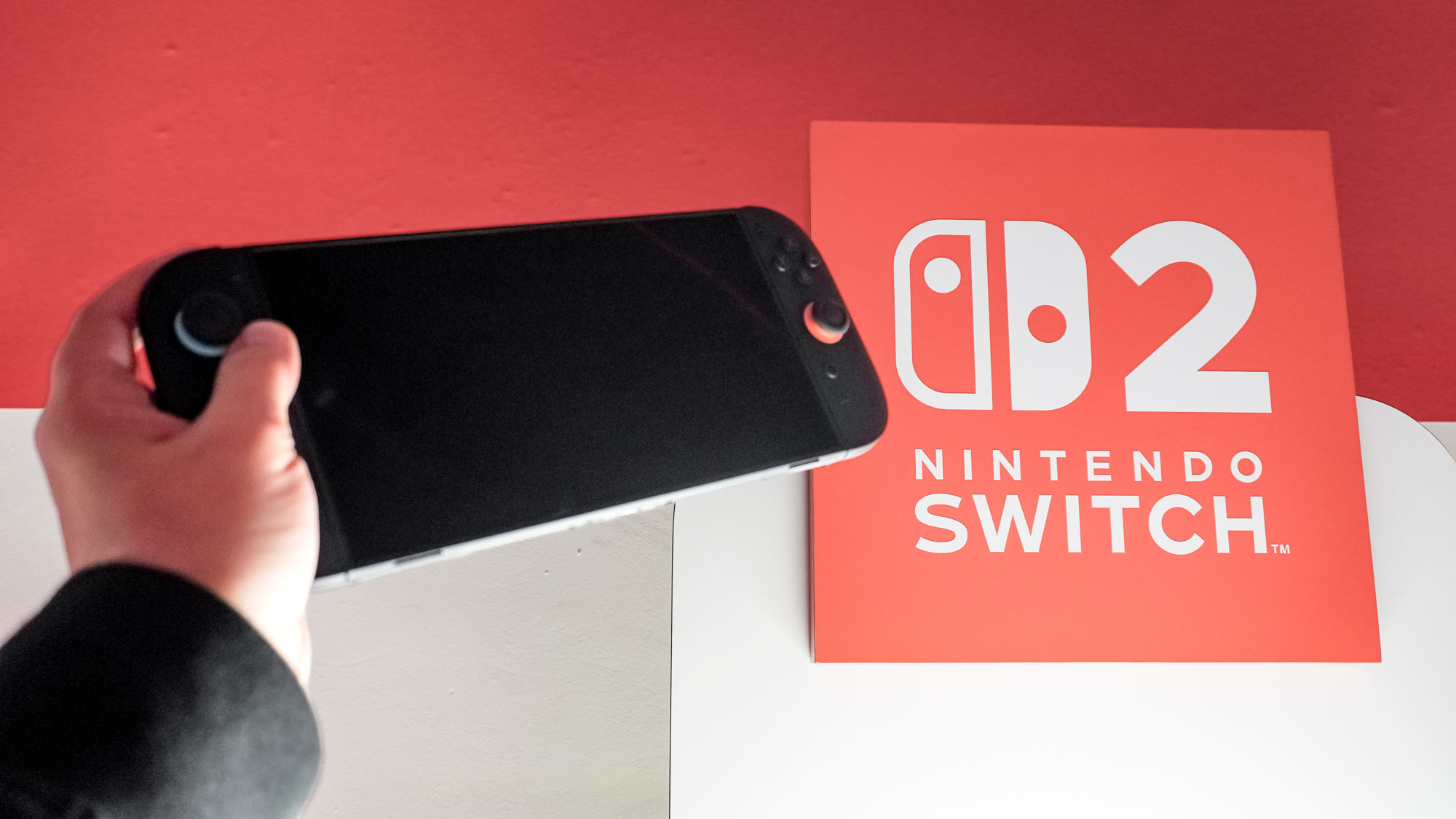Tom's Guide Verdict
Knockout City is a zany take on dodgeball that combines surprisingly deep gameplay with a bright, colorful aesthetic. It’s a winning combination.
Pros
- +
Rewarding online gameplay
- +
Extensive customization
- +
Plenty of tactical depth
- +
Colorful art style
Cons
- -
Some poor multiplayer maps
- -
Aiming can be finicky
Why you can trust Tom's Guide
The competition in the online multiplayer arena is fierce, but Knockout City attempts to stand out in a very crowded market. Between military shooters, sports games and battle royale titles, there are already a lot of multiplayer choices. But developer Velan Studios has created a game that could well find its own little niche.
Knockout City is a remarkably rewarding experience, combining accessible gameplay with a surprising amount of tactical depth. The game’s entry price of $20 might seem steep, compared to the wealth of free-to-play options out there. However, you can play for free up to rank 25, so you can give it a whirl right now, risk-free.
If you’re craving a new online experience that will have you saying “just one more game” long into the night, then Knockout City is exactly the title you’ve been waiting for. Read on for our full review of Knockout City.
Knockout City review: Gameplay
Knockout City will transport you back to your high school gym class. It’s essentially a video game take on dodgeball, referred to here as Dodgebrawl.
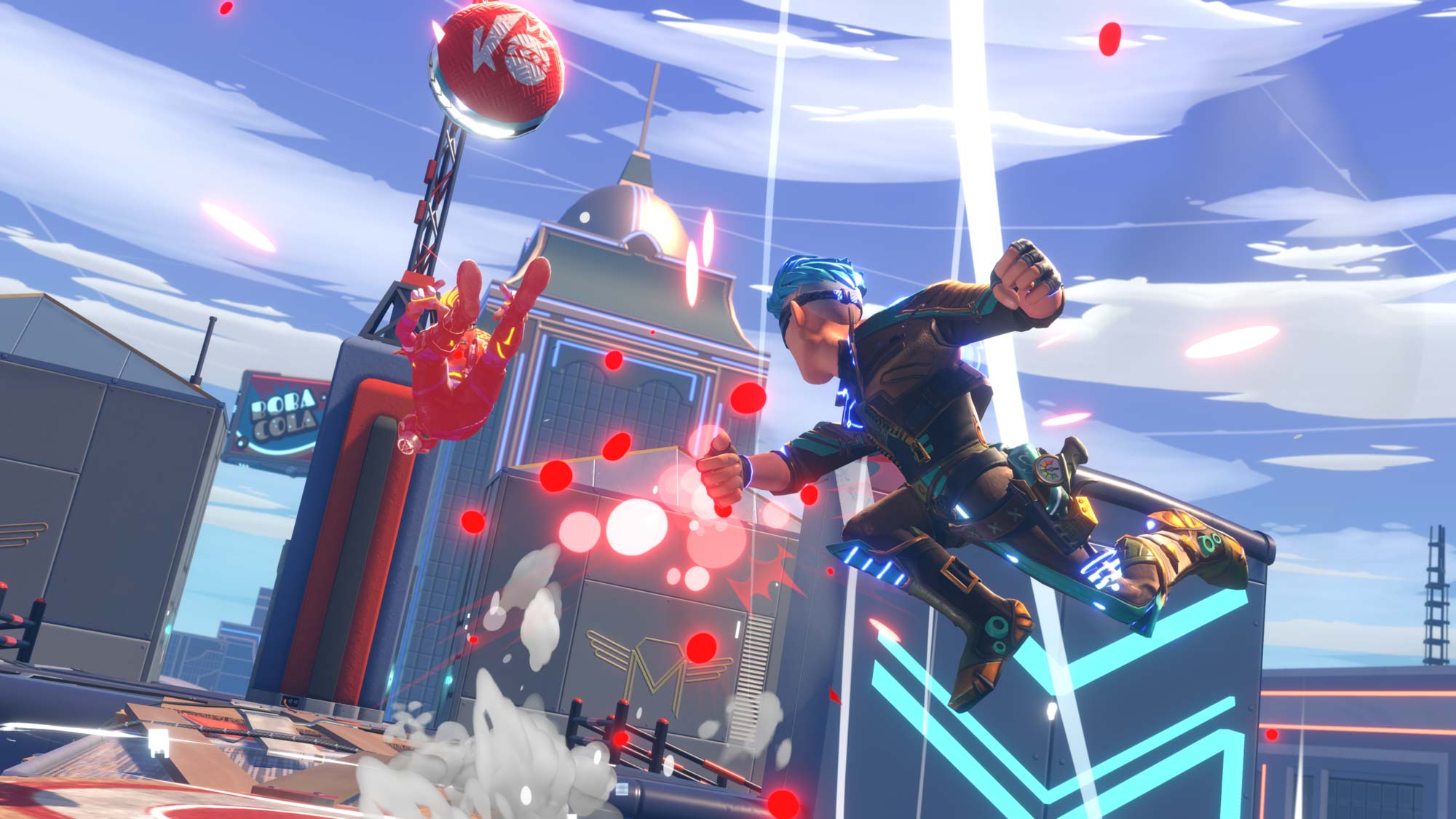
Your primary objective in each match is to scoop up the brightly colored balls dotted around the map, and launch them at your opponents. You'll also need to avoid the balls being thrown in your direction, either through well-timed catches or by dodging out of the way.
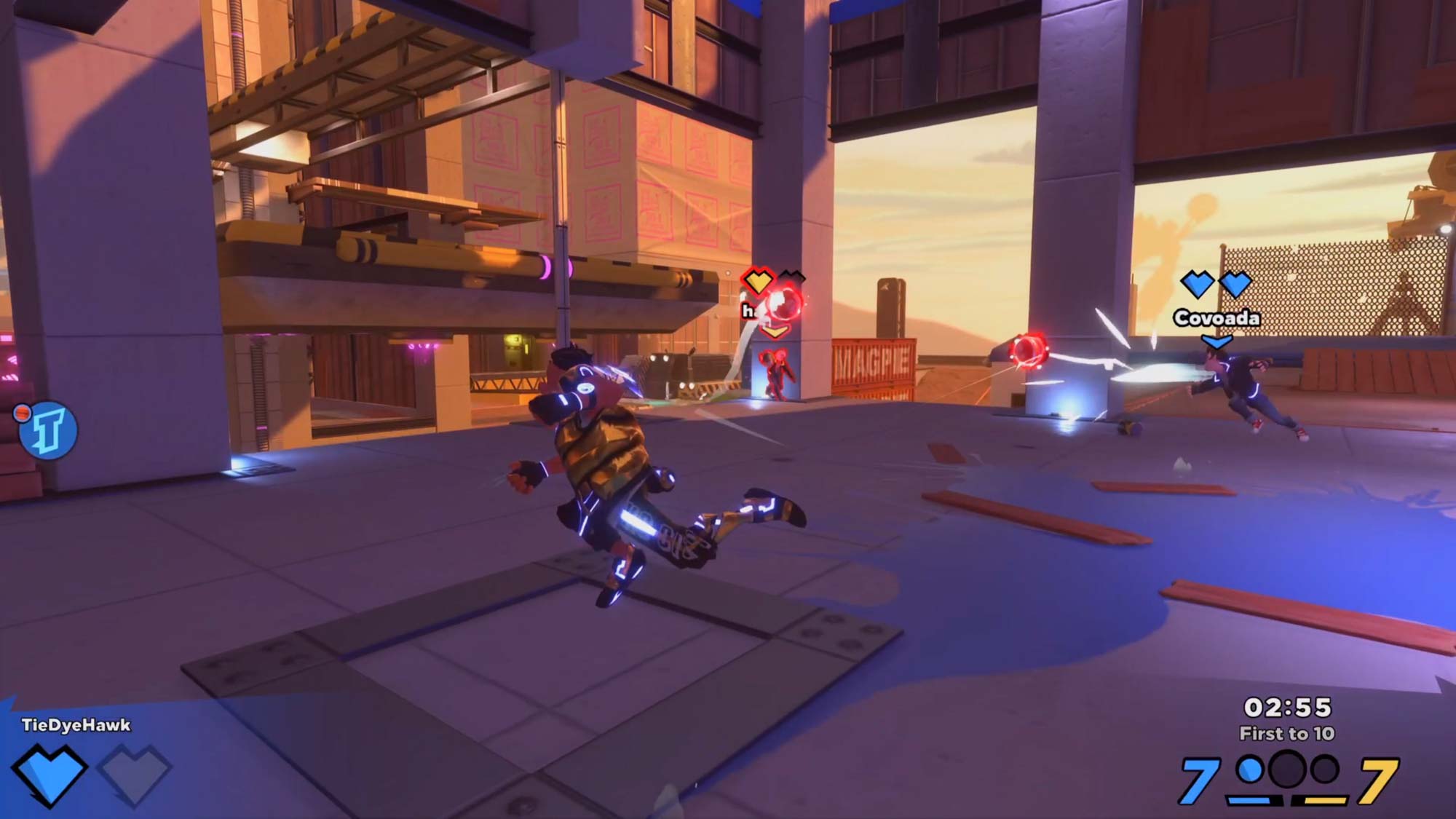
In classic video game fashion, you can pull off some pretty ridiculous moves. You can throw balls at superhuman speed, and add so much curve that it’s more like launching a frisbee. You can even roll yourself up into a ball to be thrown by a teammate.
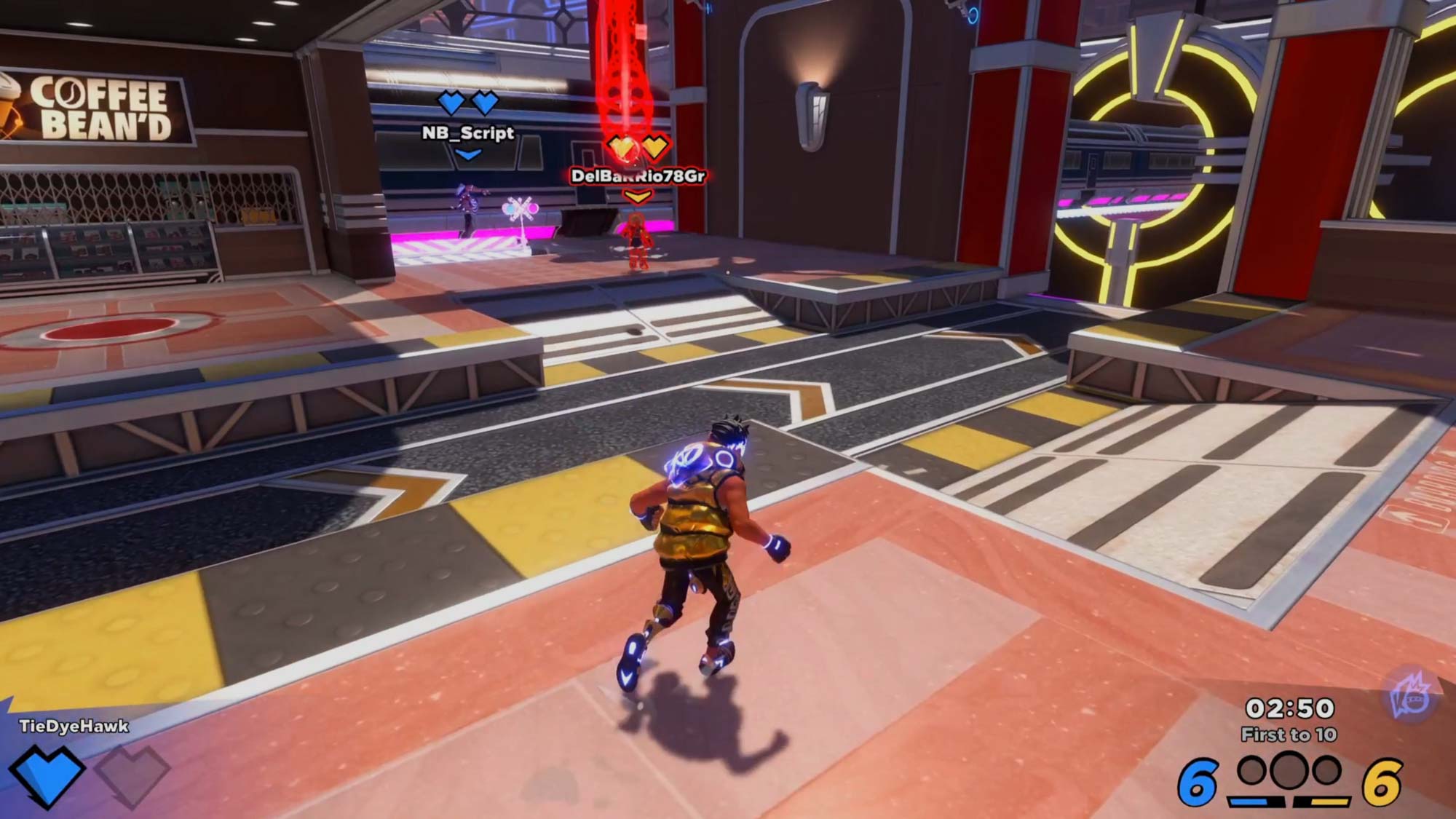
These complex moves are simple enough to pull off. Performing them requires only a button press or two. Determining when each move is appropriate is the true mechanical challenge of Knockout City. A perfectly timed lob shot can be the difference between fist-pumping victory and agonizing defeat.
The principles of Knockout City are pretty similar to the real-world game of dodgeball. This helps make the game extremely easy to pick up for anyone even remotely familiar with the sport.
Similar to Rocket League — soccer played with RC cars — Knockout City is very accessible. Most players will grasp the fundamentals quickly, and there are tutorial stages for those who might need some extra help.
You don’t need to worry about perfectly aiming your shots. Instead, you automatically lock onto nearby opponents with a press of the right trigger. This helps make the game approachable for players of all skill levels. The auto-lock system does often struggle to find targets in close quarters, though, which can lead to some frustration.
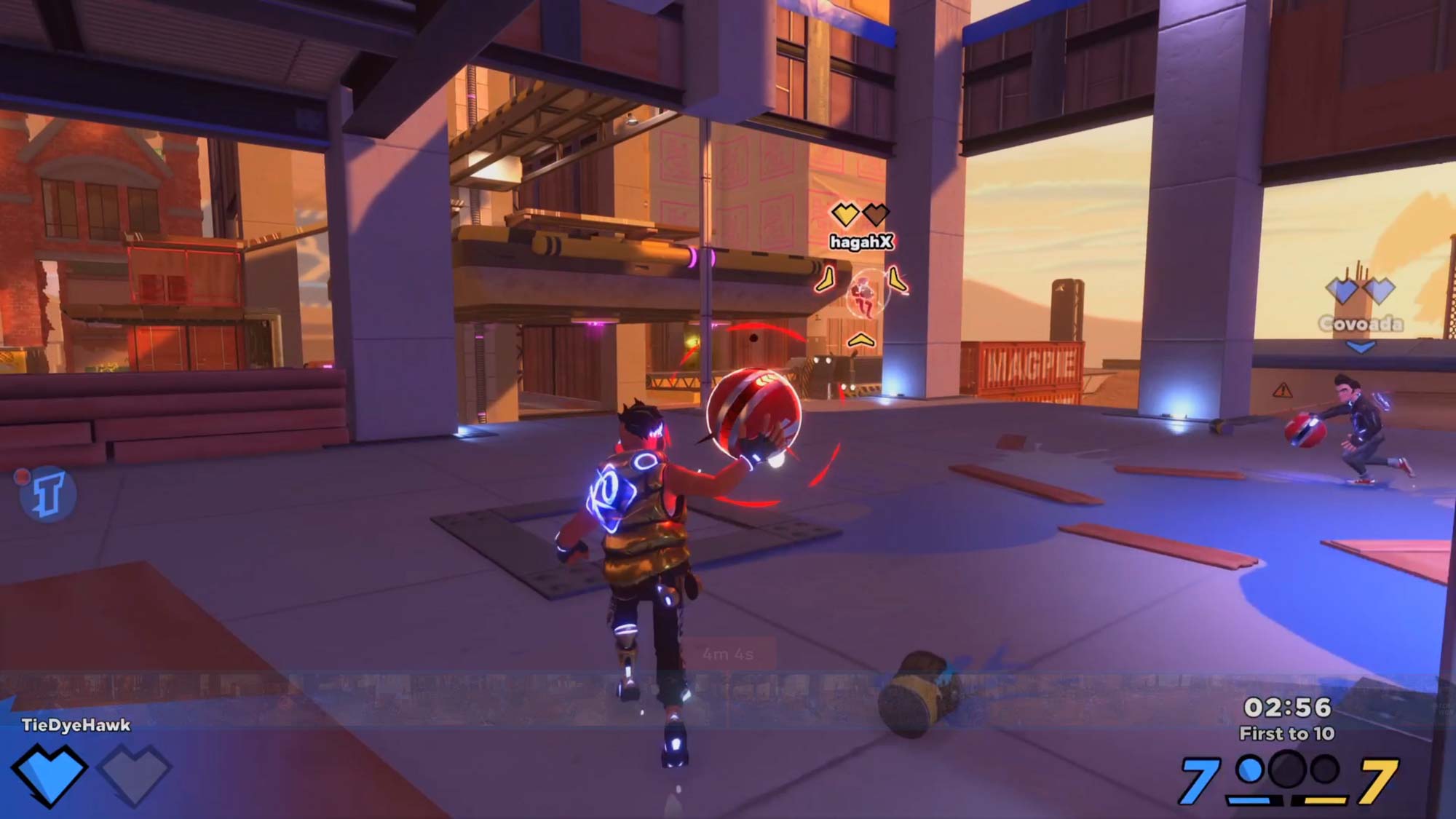
The real brilliance of the game comes from its mechanical depth. Sure, you can just run around like a headless chicken, taking potshots at random. But skilled players will think smart, and use tricks like feint shots to their advantage.
There are also special balls dotted around the map, which can be highly effective in turning the tide of a match. For example, players can throw the Sniper Ball further than a regular ball, while the Bomb Ball does pretty exactly what you’d expect. Learning the unique properties of each special ball is critical to success.
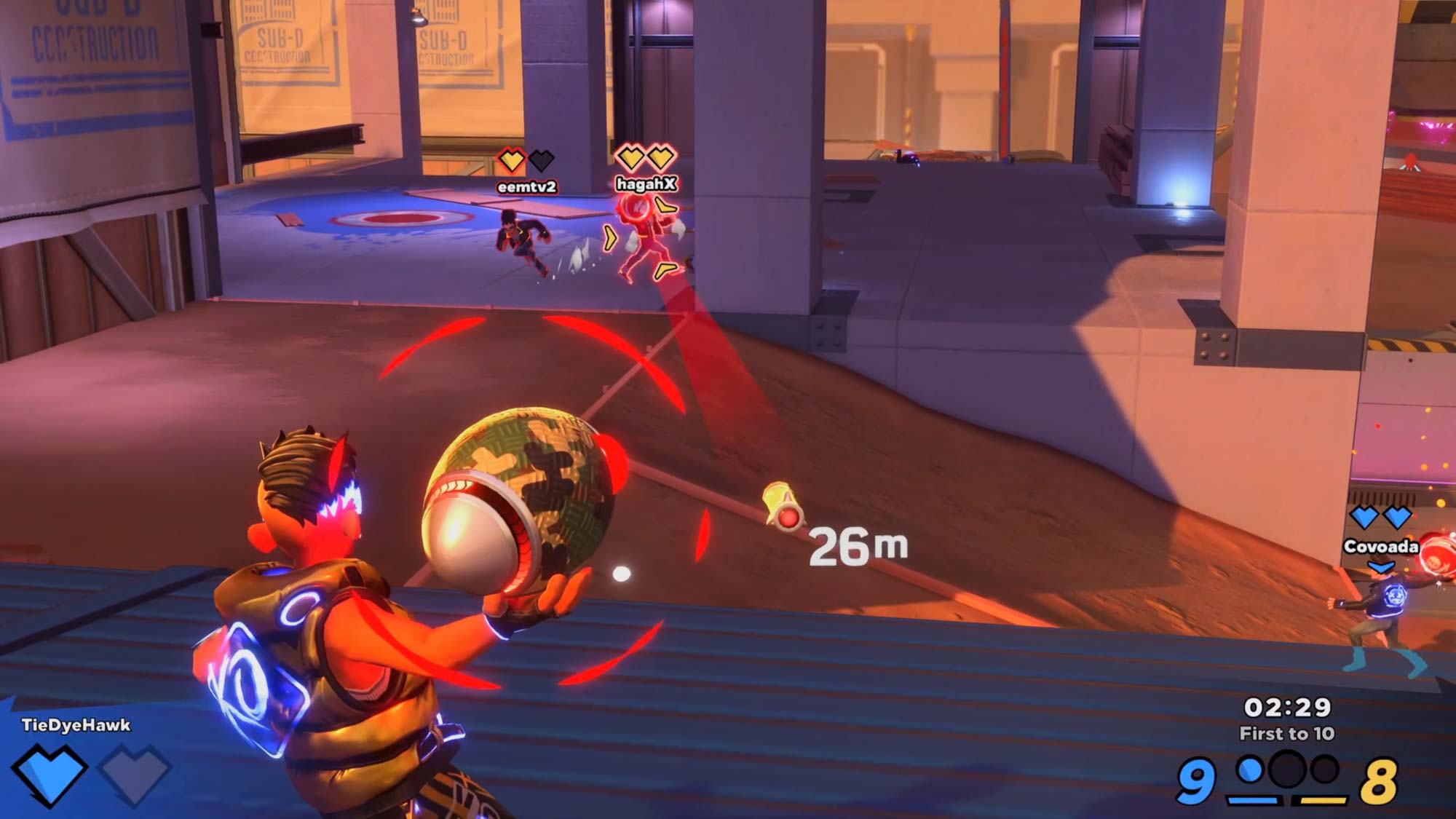
Knockout City falls squarely into the "easy to pick up, difficult to master" category. Your personal progression is tangible as well. I was a noticeably better player with just a couple of hours of play under my belt, which felt more rewarding than any cosmetic unlock.
Knockout City review: Game modes and player customization
Knockout City is entirely online. There is no single-player offering, aside from a training area that consists of a single rooftop and a practice dummy. Here, you can experiment with each of the different ball types.
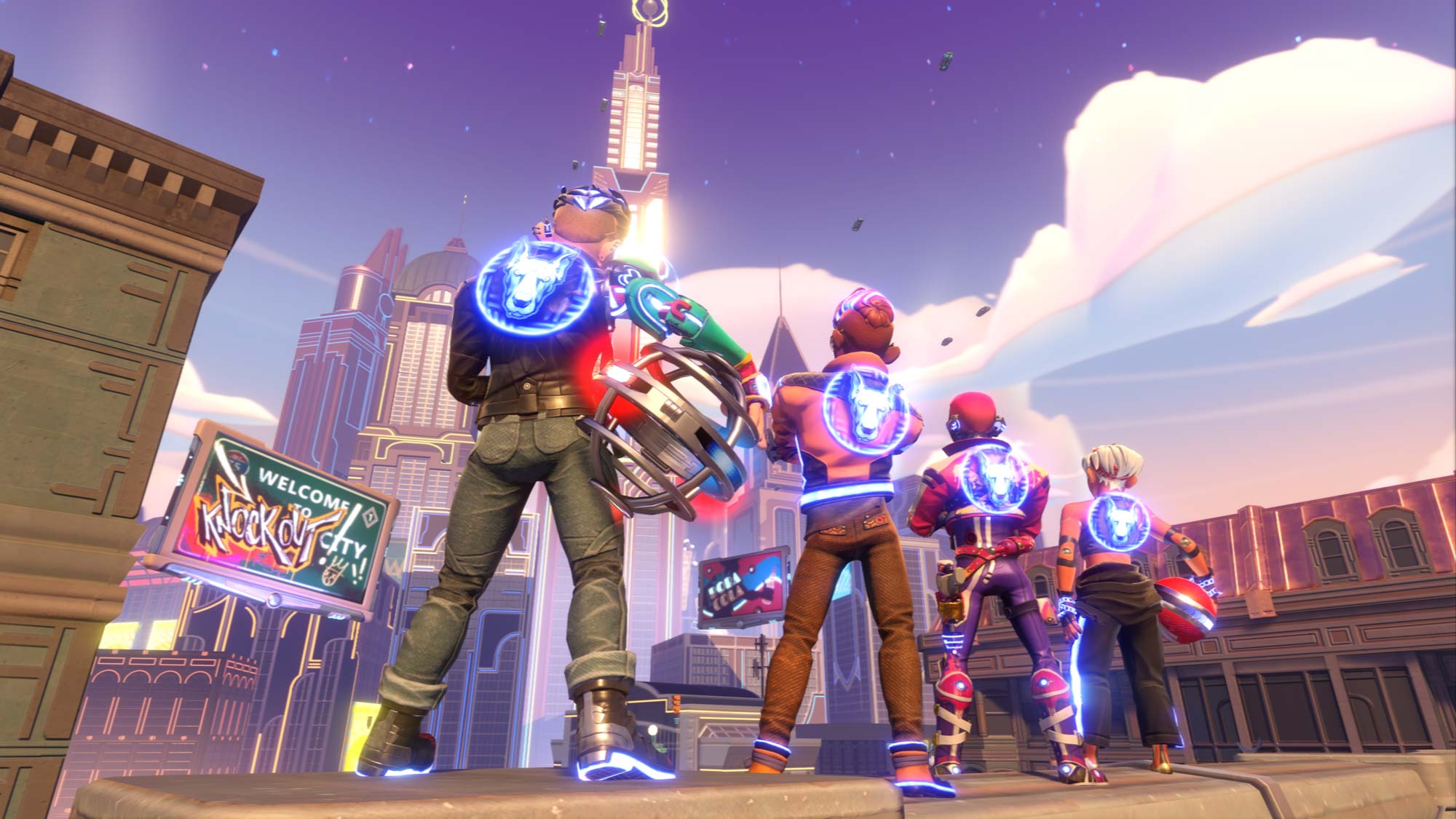
Jump online, and there are several game modes to try out. Developer Velan wisely rotates different modes in and out on a rolling basis, to prevent the player base from being spread too thin. However, the flagship mode “Team KO” is the best of the bunch.
This best-of-three-rounds matchup puts you on a team of three players. From there, you have to accumulate 10 knockouts before your opponents do. It’s the purest form of Knockout City’s gameplay, and it’s where the game shines brightest.
There are additional modes, including every-player-for-themselves or a game type where all the balls on the field are special balls. These game types are fun distractions, but you’ll likely keep coming back to “Team KO,” as it’s the most balanced offering.
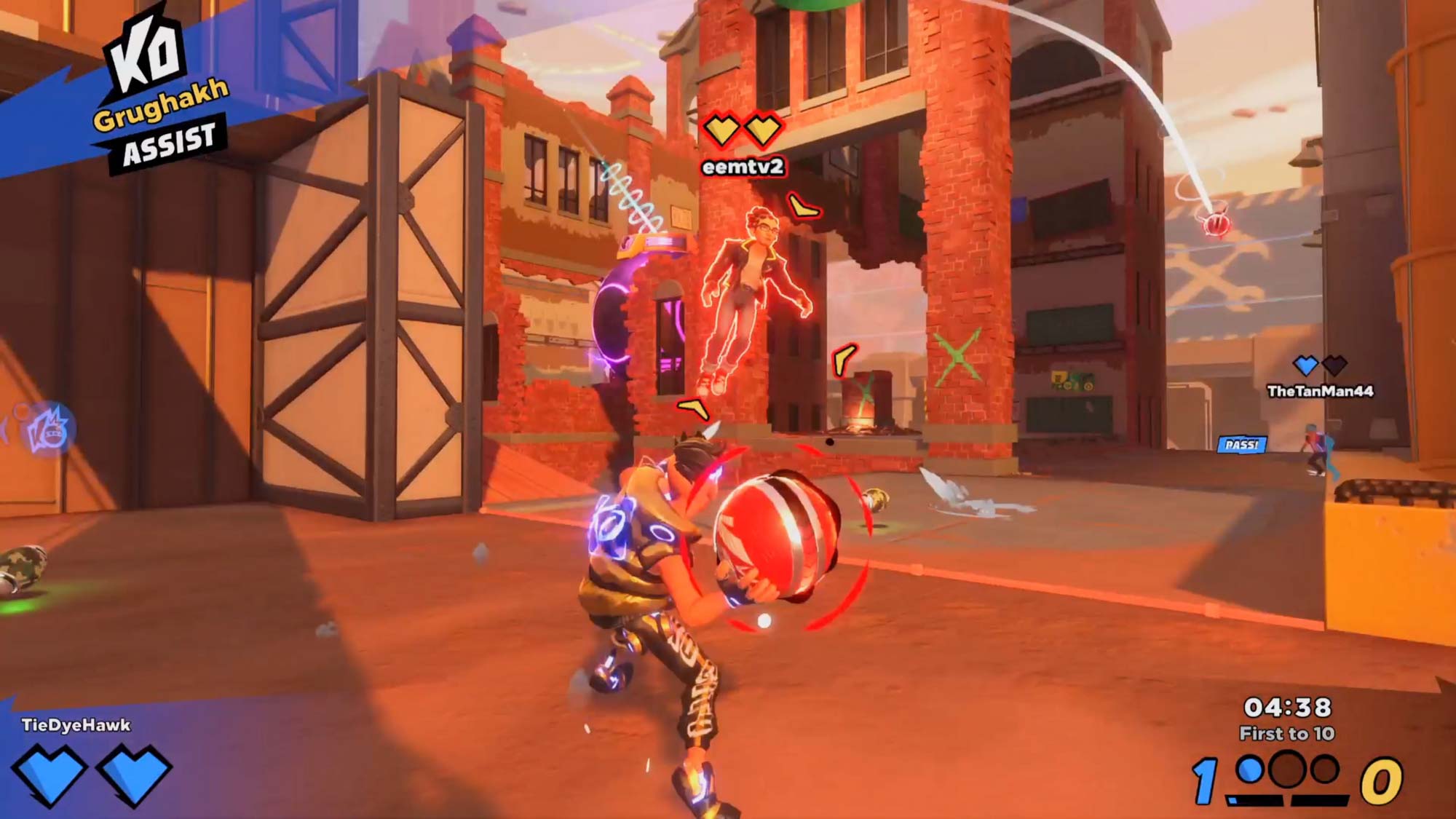
The game feels impeccably well balanced when you have six players competing. Should a member of your team (or the opposing team) quit early, their spot won’t automatically go to an AI teammate. Instead, you’ll often have to limp on with a man down. This usually results in an unfair fight, where one team dominates with ease.
Perhaps the most disappointing aspect of Knockout City is the multiplayer maps themselves. There are five maps at launch, but only two of them stand out.
The remaining three falter due to distracting dynamic elements. One map includes a high-speed train that bullets across the stage at set intervals. Another takes place across two rooftops where you must balance ducking dodgeballs with not falling off the edge.
In theory, each map's dynamic element should add some spice to each match. In practice, they just add frustration. There’s nothing worse than a player's untimely fall deciding a close matchup. The game’s best arenas are the ones where the gimmick is easy to ignore, such as an avoidable wrecking ball or a series of pipes that players can use to zoom around the map.
Customization is another crucial pillar in Knockout City. You have a wealth of cosmetic options from the get-go. There's also a “Brawl Shop,” which lets you unlock new items from a rotating selection, using either in-game currency or real-world money.
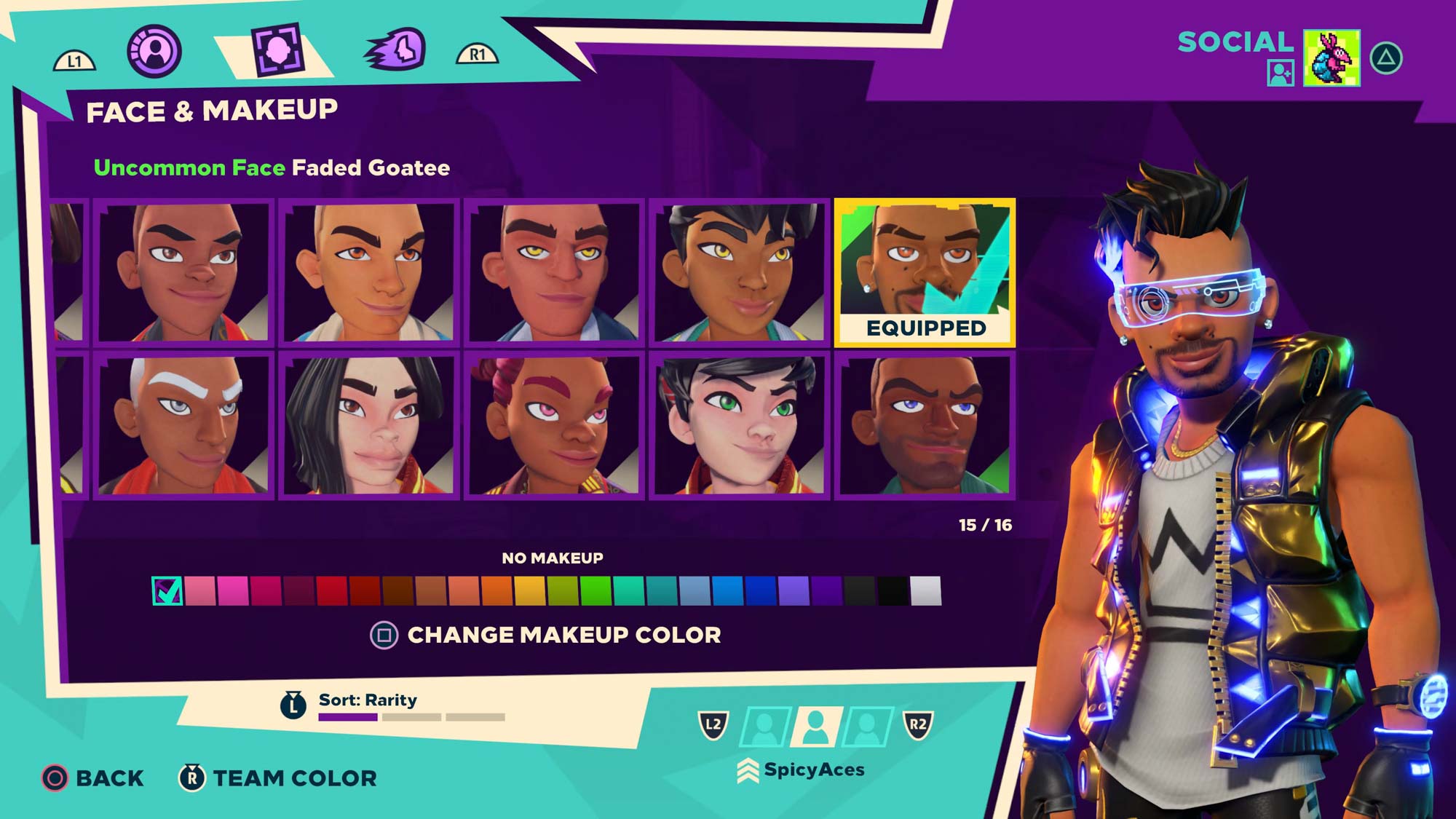
It’s good that customizing your character's appearance is so much fun, as there's not much else to progression. While you can complete additional challenges in matches to earn more currency, you can spend it only on cosmetic items at present.
If you crave serious competition, Knockout City does include ranked play. Progressing through the ranks earns you rewards when each timed season is over as well, as bragging rights. For competitive players, this will probably be a more compelling carrot than new outfits or emblems.
Fundamentally, Knockout City’s progress system puts the focus on individual growth. Improving your in-game performance ultimately comes down to increasing your skill rather than unlocking a new class or ball type.
Knockout City review: Visuals and sound
Knockout City has a pleasant aesthetic. Its vibrant, cartoony look complements the zany nature of the game. Thanks to the aforementioned wealth of customization options, you can give your character plenty of personality.
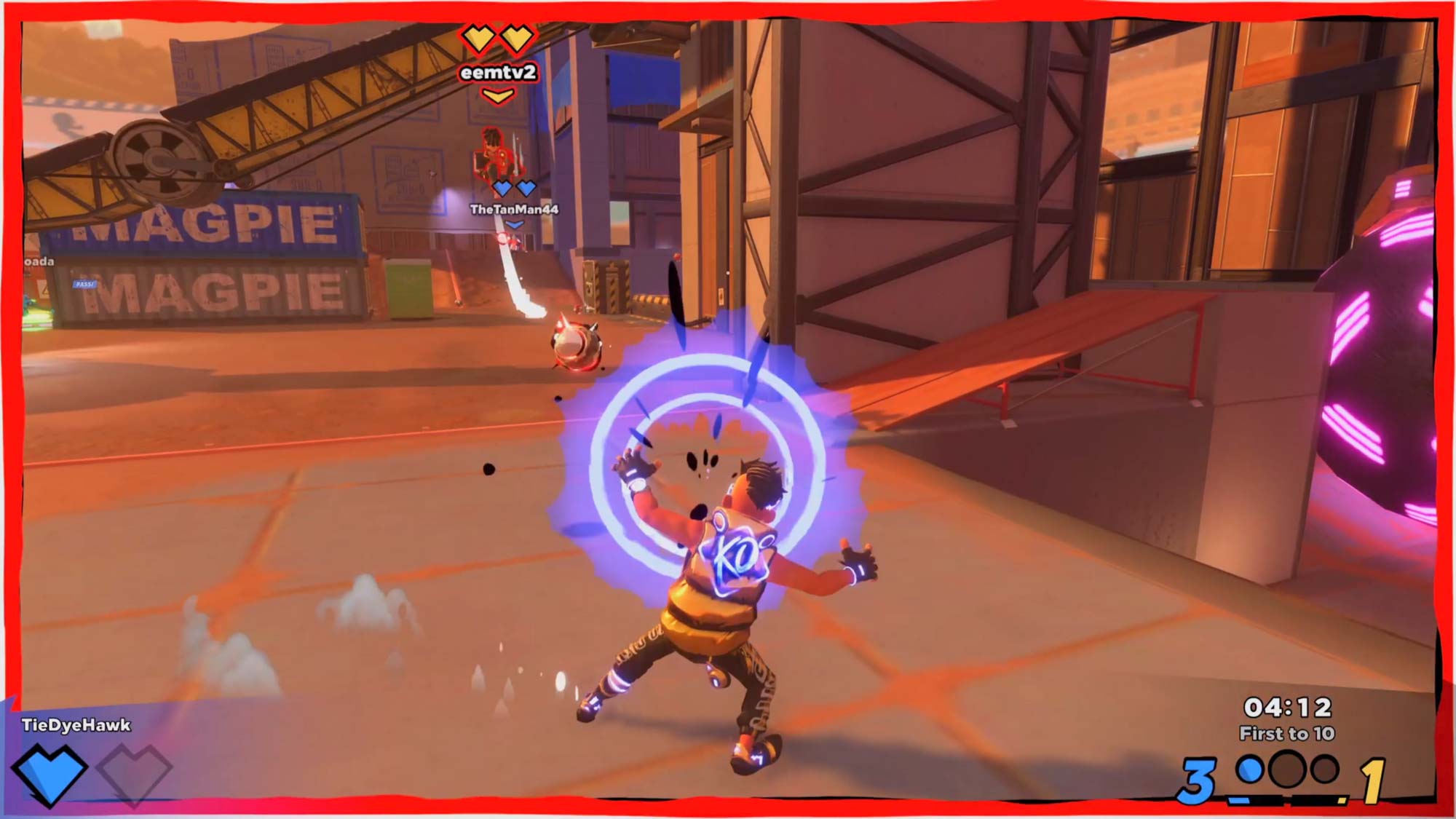
The sound design is equally pleasing. While the main menu tunes are bland, the in-game sound effects are excellent. You can tell when a dodgeball is speeding towards you thanks to a distinctive whistle sound. There’s also a real sense of triumph whenever you hear the satisfying “whack” sound effect that accompanies a clean hit.
Knockout City isn’t a unique game from a visual perspective. It most closely mimics the oversaturated and cartoon-inspired look of Fortnite. However, Knockout City’s aesthetic fits the overall tone of the game well — it’s just not that memorable.
Knockout City review: Verdict
Velan Studios has created something special in Knockout City. The final product is all the more impressive when you consider the developer’s only previous release is Mario Kart Live: Home Circuit, which is an augmented reality kart-racer.
Knockout City is one of the strongest multiplayer games of the year so far. It offers relentlessly enjoyable gameplay from the get-go thanks to its accessible premise. Crucially, there’s enough tactical depth to keep you coming back time and time again to prove yourself king of the court.

Rory is a Senior Entertainment Editor at Tom’s Guide based in the UK. He covers a wide range of topics but with a particular focus on gaming and streaming. When he’s not reviewing the latest games, searching for hidden gems on Netflix, or writing hot takes on new gaming hardware, TV shows and movies, he can be found attending music festivals and getting far too emotionally invested in his favorite football team.
